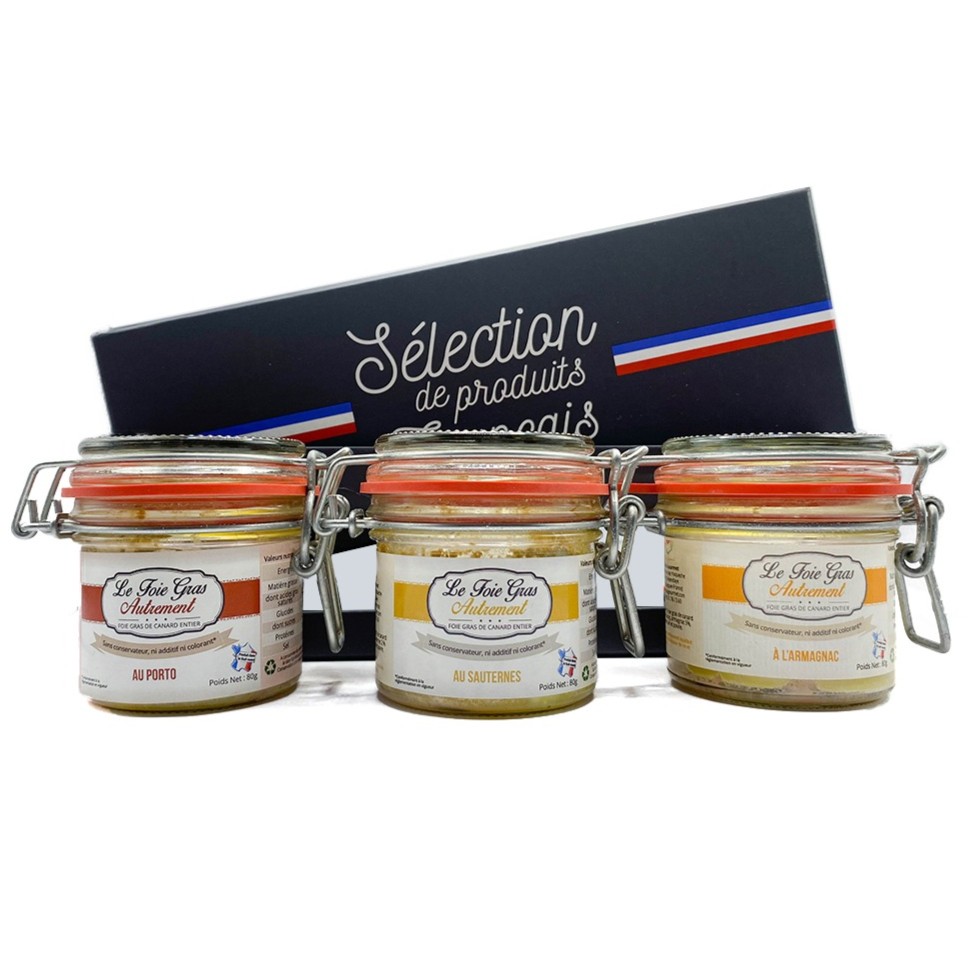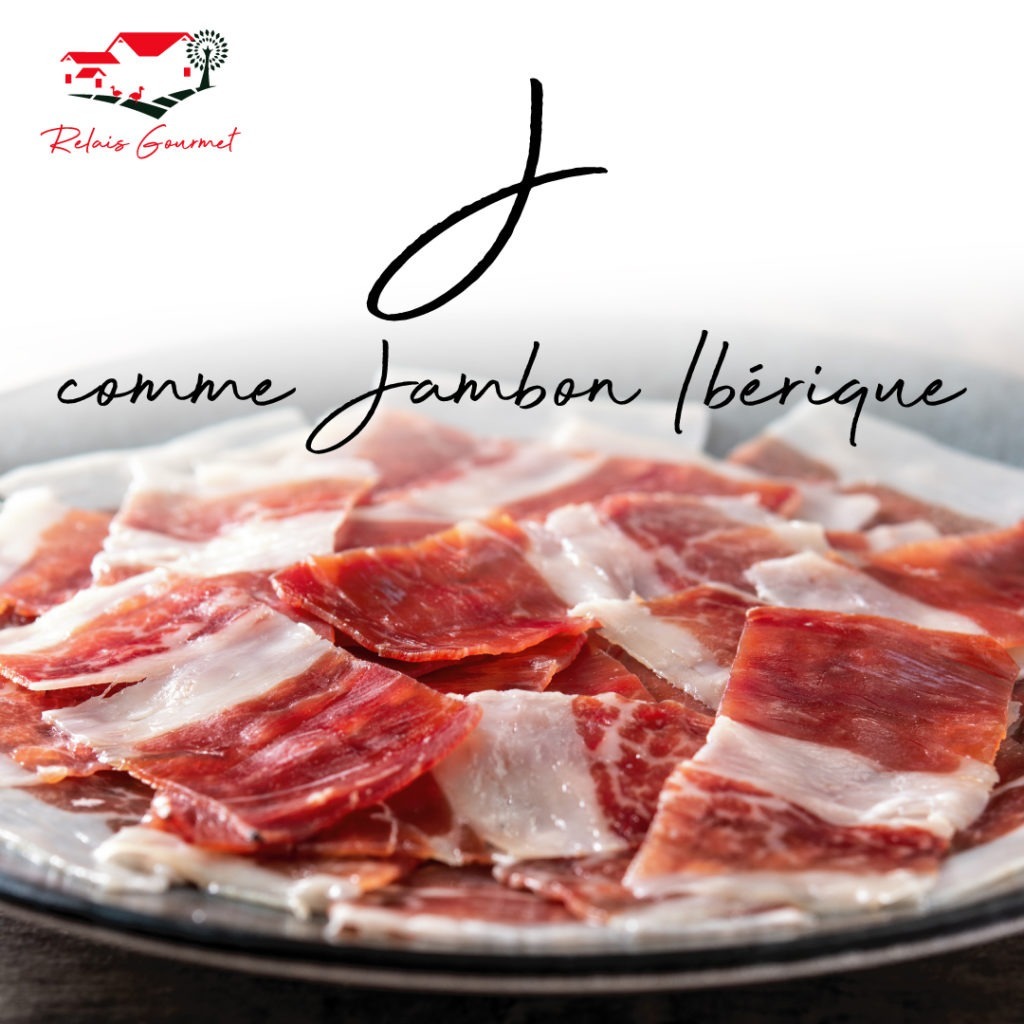

An essential food product for preparing dishes in the kitchen, great gastronomic dishes and various tastings, Iberian ham or jamón ibérico plays an essential role in Spanish gastronomy. But how is it really made? Where does it come from? What about its protected origins? This article will answer all these questions, as well as giving you a culinary point of view on how to taste it.
Before it can be eaten, Iberian ham must first go through a number of production stages, including killing & butchering, salting, washing and resting, drying and curing. Sacrificing and butchering involves recognising the quality of the meat according to its type before it is butchered. Once this stage has been completed, the meat goes through the V-cut or serrano cut before being placed on top of other meat that has already been cut and separated by a thin layer of sea salt. This is the salting process. During this stage, the ham is kept for several days depending on its weight (one day for one kilo), during which time its colour and aromas develop.
After salting, the ham goes through a process of washing and resting. The washing is carried out with warm water and is intended to remove excess salt. The resting period lasts an average of 1 to 3 months and is carried out in a room at a low temperature with a certain percentage of humidity. The drying of the Iberian ham is usually done in cellars or natural drying rooms in order to remove the humidity naturally. On average, it takes 4 to 9 months. As a final step, the importance of curing should not be underestimated, as it develops the taste and texture of the ham.
Iberian ham is a type of ham obtained mainly from Iberian pigs. It comes from the Pata Negra or black leg, a breed of pig easily recognised by its dark black coat or hooves. These Iberian pigs come from Spain, in regions close to the Basque Country, and are the source of the best hams that make the country proud. There are three types of Iberian ham, although this designation is only allowed for hams with at least 75% Iberian pigs in their composition: cebo, cebo de campo and bellota.
Cebo is an Iberian ham made from the meat of Iberian pigs reared in a pigsty that is fed only on cereals and vegetables. Cebo de campo is produced from Iberian pigs reared in the open air, but also on a diet of cereals and vegetables. Bellota is the true Iberian ham, being 100% Iberian pig meat. When we speak of “pata negra”, we are referring mainly to bellota.
There are 4 D.O.C. or Designation of Origin for Iberian ham: D.O.C. Guijuelo from the department-province of Salamanca, D.O.C. Jabugo-Huelva from the department-province of Huelva, D.O.C. Extremadura from the Autonomous Community of Extremadura and D.O.C. Los Pedroches from the department-province of Cordoba.
Just like wine, it is essential to prepare Iberian ham well in order to enjoy it in the best possible way. The ideal temperature is reached when the ham begins to glow. Place it on a ham rack with a sharp knife and cut the pieces into thin slices. To remove the rind and the slices, a deep circular cut must be made around the bone. This extraction is necessary so as not to change the flavour of the jamón ibérico.
Iberian ham is best served with a good full-bodied red wine, a dry white wine or an excellent vintage champagne. A crisp, fine gourmet bread could do the trick, but it would be much more interesting to add soft cheese, tomato, grapes and nuts to the mix. It can also be served with duck liver, fresh or grilled mushrooms in a drizzle of oil or simply in combination with a simple homemade purée
Retrouvez d’autres recettes savoureuses dans la rubrique Recette de notre site internet et des faits intéressants sur le Foie Gras et le Pays Basque sur notre Blog!